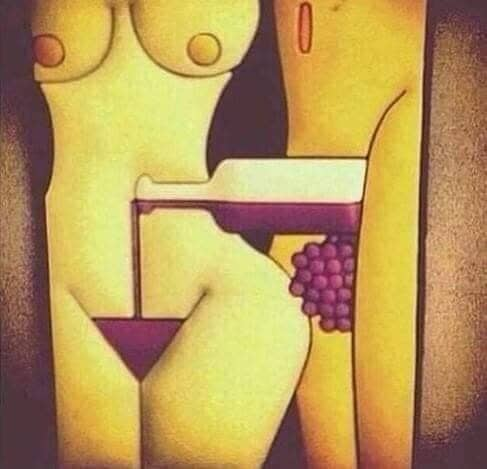Linkin’ logs: 7-1-19
The World Wine Web continues to enrich our lives, at least with these nuggets:
• The Big Apple is not about to become the Big Grape, but it does have a cool vineyard of sorts.
 • Another link from the endlessly fascinating Atlas Obscura site: the local wines that inspired Karl Marx.
• Another link from the endlessly fascinating Atlas Obscura site: the local wines that inspired Karl Marx.
• My friend Mark passed along this interesting take on how we might not be drinking much better, or different, wine than folks a millennium or two ago.
• I’ve always thought the Celts had their act together in sundry ways, and appreciating Greek wines (and food) apparently was one of them.
• OK by me, except for the raison d’être: Red Châteauneuf-du-Papes will have more white grapes in the future, thanks to global warming.
• Finally, me want this vessel:
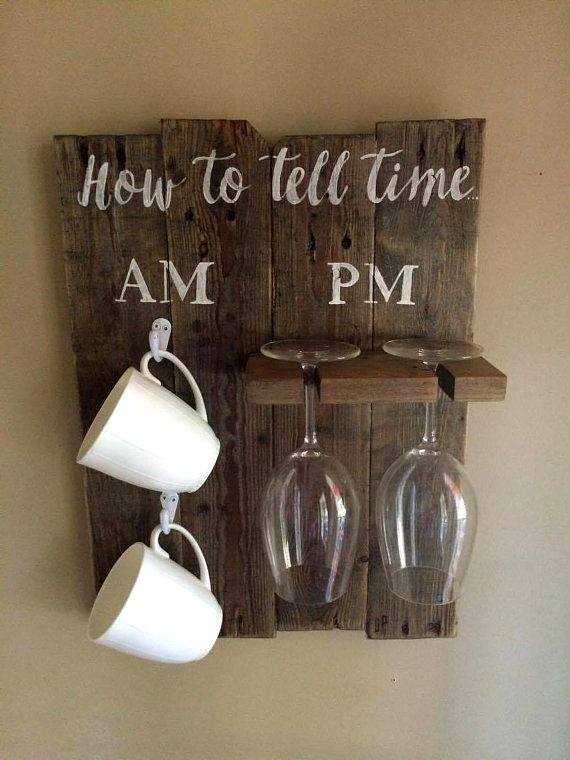
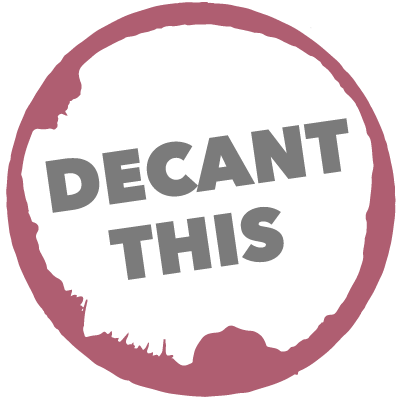




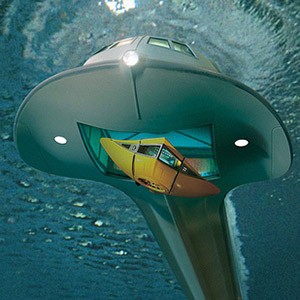 • Growing up, one of my very favorite TV shows was “Voyage to the Bottom of the Sea.” More than half a century later, I have no desire to buy wine from the bottom of the sea, especially
• Growing up, one of my very favorite TV shows was “Voyage to the Bottom of the Sea.” More than half a century later, I have no desire to buy wine from the bottom of the sea, especially 
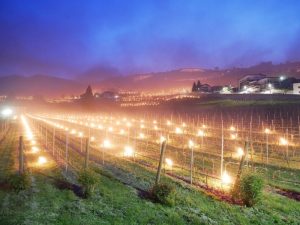 • A lovely scene:
• A lovely scene: 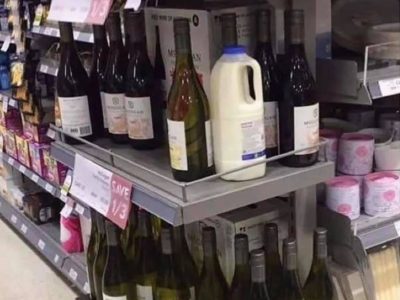
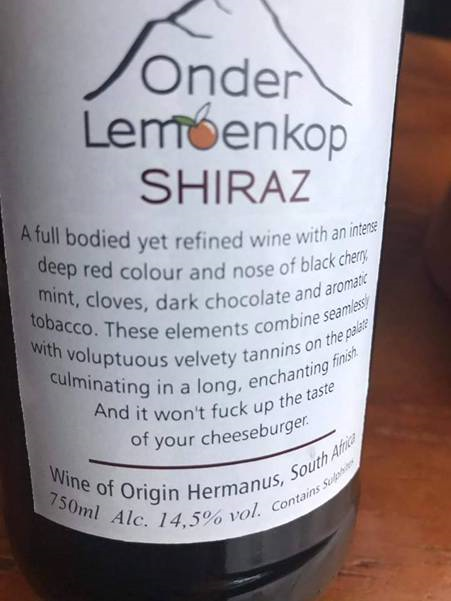
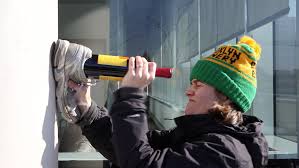 • There’s more than one way to open a bottle of wine without a corkscrew. In fact, there are
• There’s more than one way to open a bottle of wine without a corkscrew. In fact, there are 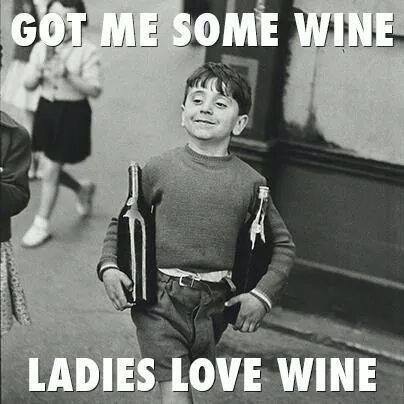
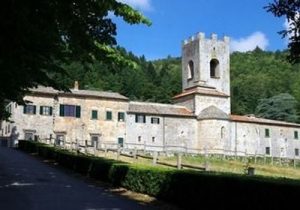 Roberto is co-owner of an incredible property called
Roberto is co-owner of an incredible property called 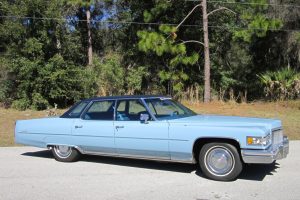 My first trip to the USA wasn’t to go to Davis, but in 1978 (the year of the three popes) I flew to NYC and from there together with two friends we got a Driveaway car and drove a huge Cadillac Sedan de Ville to San Francisco in five days. Traveling in style for a 20-year-old, and a very inexpensive way to move around given the price of gas back then.
My first trip to the USA wasn’t to go to Davis, but in 1978 (the year of the three popes) I flew to NYC and from there together with two friends we got a Driveaway car and drove a huge Cadillac Sedan de Ville to San Francisco in five days. Traveling in style for a 20-year-old, and a very inexpensive way to move around given the price of gas back then.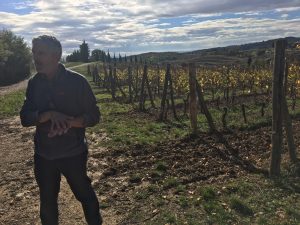 groves, and followed with all the vineyards. I started the conversion in 1985 with the elimination of herbicides and insecticides, then started experimenting with alternatives to fungicides. By the mid-1990s we were able to use only copper- and sulfur-based products that are allowed in organic certification.
groves, and followed with all the vineyards. I started the conversion in 1985 with the elimination of herbicides and insecticides, then started experimenting with alternatives to fungicides. By the mid-1990s we were able to use only copper- and sulfur-based products that are allowed in organic certification.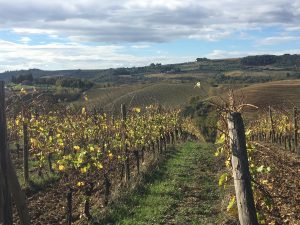 Most of our vineyards are planted vertically because it’s easier, less expensive and sustainable as long as the soil is cover-cropped most of the year. But still the ideal situation is a terraced one. We did a first terraced vineyard in 1999, and a second one we are planting now. The latest one is quite innovative for Chianti, with small terraces with one row each.
Most of our vineyards are planted vertically because it’s easier, less expensive and sustainable as long as the soil is cover-cropped most of the year. But still the ideal situation is a terraced one. We did a first terraced vineyard in 1999, and a second one we are planting now. The latest one is quite innovative for Chianti, with small terraces with one row each.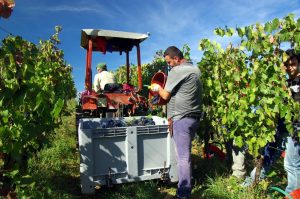 from being a cool area with late maturation and low sugar/alcohol levels to a much hotter zone. We used to harvest our Sangiovese late in October, and natural alcohol levels were rarely above 12,5%. Now we harvest mostly in September, never after October 15, and our alcohol levels are between 13 and 15%.
from being a cool area with late maturation and low sugar/alcohol levels to a much hotter zone. We used to harvest our Sangiovese late in October, and natural alcohol levels were rarely above 12,5%. Now we harvest mostly in September, never after October 15, and our alcohol levels are between 13 and 15%.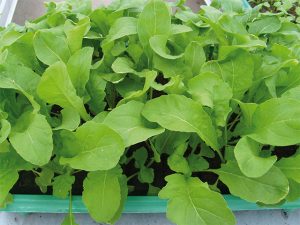 Currently we are using a mix of 14 species that include legumes, cereals, crucifers and rucola (at left), a good tap root. We also allow at least part of the cover crop to flower and go to seed: this helps to attract pollinating insects, including wasps that are good predators for many of the vineyard pests. Some species also reseed themselves, which is positive over time.
Currently we are using a mix of 14 species that include legumes, cereals, crucifers and rucola (at left), a good tap root. We also allow at least part of the cover crop to flower and go to seed: this helps to attract pollinating insects, including wasps that are good predators for many of the vineyard pests. Some species also reseed themselves, which is positive over time.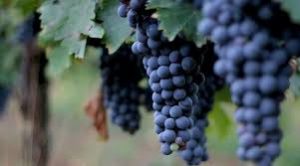 days. We start by using a very diverse massal selection that was selected in 1986-1987 with 600 mother vines to maintain the genetic diversity of our Sangiovese. Replanting at higher density from 1988, we also replanted Canaiolo (at left), Ciliegiolo and Colorino (in separate rows now) as well as Trebbiano and Malvasia for Vin Santo.
days. We start by using a very diverse massal selection that was selected in 1986-1987 with 600 mother vines to maintain the genetic diversity of our Sangiovese. Replanting at higher density from 1988, we also replanted Canaiolo (at left), Ciliegiolo and Colorino (in separate rows now) as well as Trebbiano and Malvasia for Vin Santo.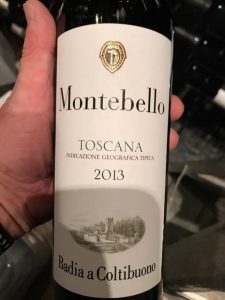 Then with Montebello we introduced the idea of an equitable blend of all nine red varietals, where each one contributes without standing out: a truly cooperative endeavor and what I consider an evolution for the future. I am tempted to reintroduce field blends again to move further away from the varietal model that has dominated in the last decades, and to introduce even more variables in the process.
Then with Montebello we introduced the idea of an equitable blend of all nine red varietals, where each one contributes without standing out: a truly cooperative endeavor and what I consider an evolution for the future. I am tempted to reintroduce field blends again to move further away from the varietal model that has dominated in the last decades, and to introduce even more variables in the process.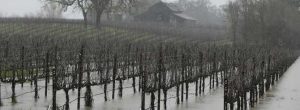 extreme effects of climate disruption with very intense rainfall (the term “Bomba d’acqua,” water bomb, has become colloquial to describe the high-intensity phenomena that are becoming more frequent), and wind damage from unprecedented wind speed. Longer and more extreme and frequent drought also pose a challenge since all of our vineyards and olive groves are dry-farmed.
extreme effects of climate disruption with very intense rainfall (the term “Bomba d’acqua,” water bomb, has become colloquial to describe the high-intensity phenomena that are becoming more frequent), and wind damage from unprecedented wind speed. Longer and more extreme and frequent drought also pose a challenge since all of our vineyards and olive groves are dry-farmed.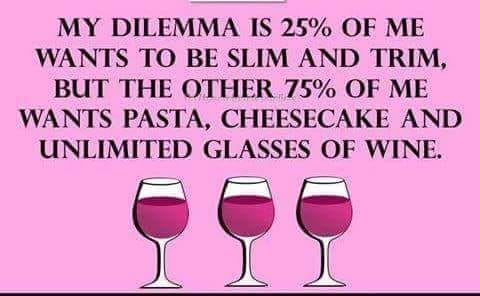
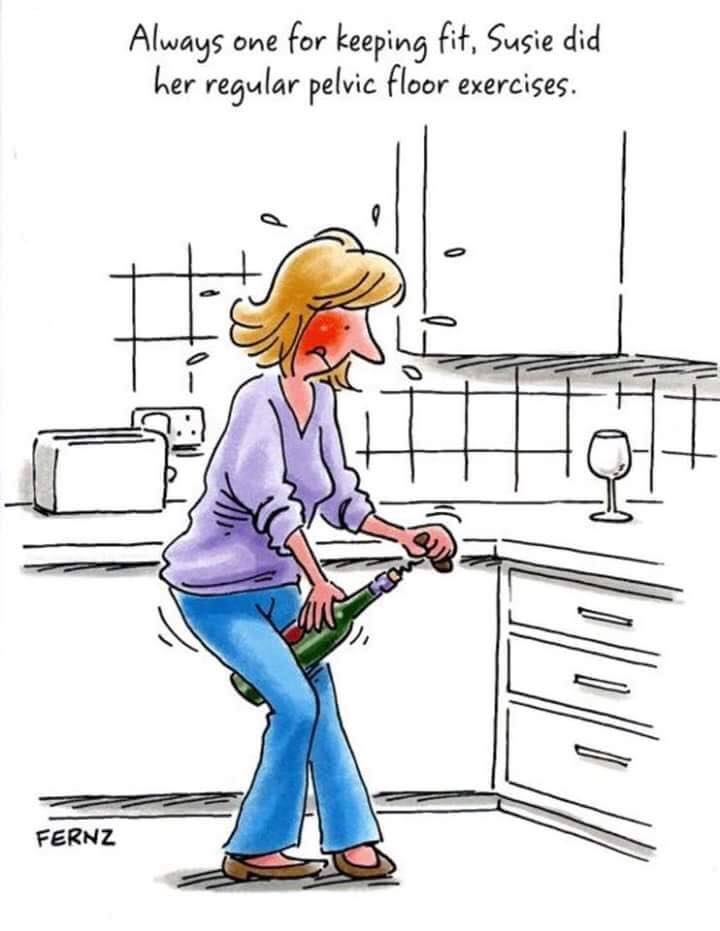

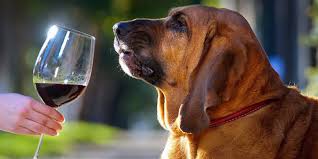 • A seasoned reporter (ahem) can sniff out a good story, just as (apparently) our canine friends can
• A seasoned reporter (ahem) can sniff out a good story, just as (apparently) our canine friends can 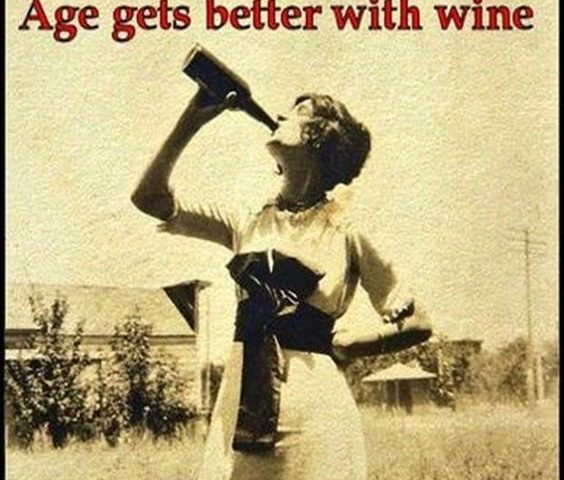
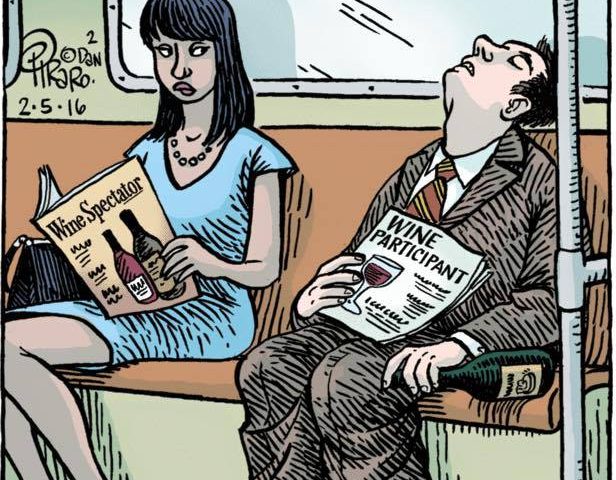
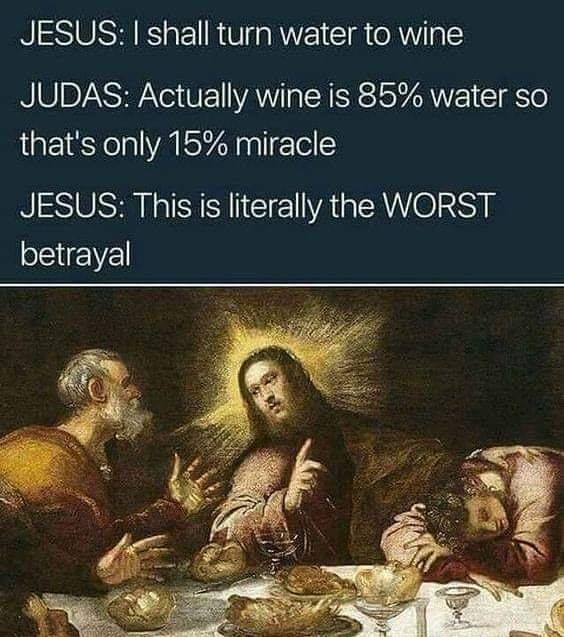
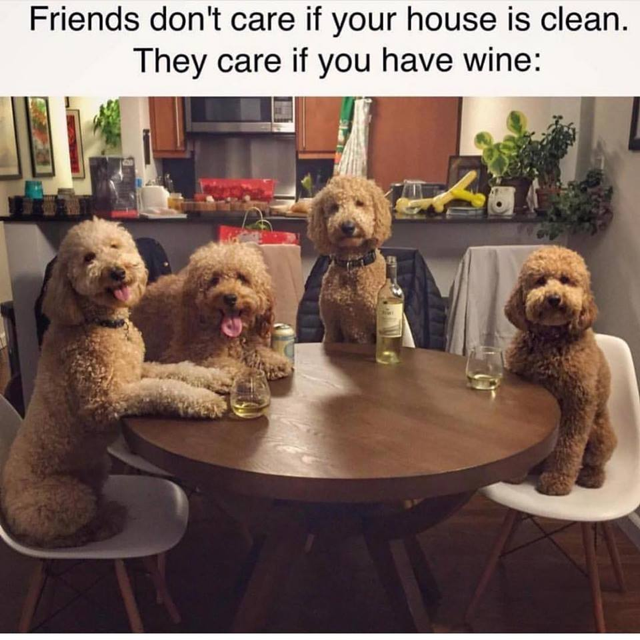
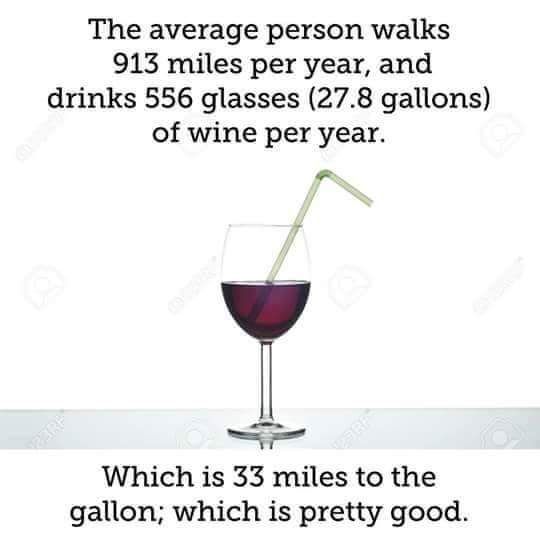
 • It is meet and right so to do: Becky Wasserman, with whom my way better half and our friends Joe and Kris spent a seriously memorable afternoon in Beaune —
• It is meet and right so to do: Becky Wasserman, with whom my way better half and our friends Joe and Kris spent a seriously memorable afternoon in Beaune — 